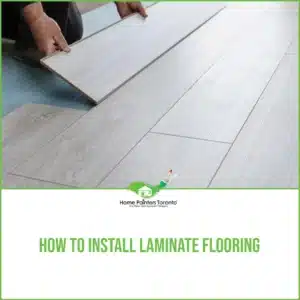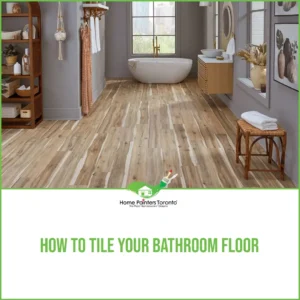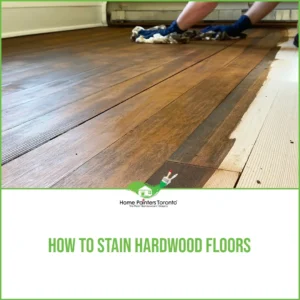
Concrete is one of the most hard-wearing, accessible structural materials. If your concrete is worn out, crumbling, cracking and making a bit of a mess, you can renew it in several ways. Whether the concrete floor or surface is in your garage, on your patio or around your pool, you can have it looking fresh on budget and in a reasonable amount of time.
How to Make Old Concrete Look Good
1. Restoration
Instead of ripping out and replacing old concrete slabs, restoration is the easiest way to make concrete look new. While the steps are simple enough, resurface-er requires a thorough preparation process.
- Begin by sweeping away loose debris and using a grinder to remove old paint. Ensure you wear a respirator so you don’t breathe any dust in.
- Using a 3500 pounds-per-square-inch power washer will help remove dirt, oil, grease, or deteriorating concrete. When dry, vacuum any remaining particles and separate the work area into smaller sections. A good size for smoothing out resurface-er before it begins to set.
Pro Tip:
To maintain control joints and expansion joints, use weather stripping to prevent concrete resurface-er from spilling into these spaces.
- Once the surface is ready, you can use a rapid-set mortar mix and bonding adhesive to fill voids and cracks. Your hand may be the best way to push this into smaller crevices. And then use a blade to scrape off excess before allowing it to harden.
- It should dry quickly. Brush the surface once more to get rid of further dust, and make sure the concrete surface is flat. From here, you can use a bucket for your mix with a drill. And paddle the mixer until it is the consistency of pancake batter. Pour water on the concrete and brush off the excess so the resurface-er is easy to spread.
- Once your preferred cement with bonding adhesive is applied over the entire area, go over it until it is smooth and thin with a broom. Making strokes in the same direction. After 15 or 20 minutes, use an edge-er to clean up the boundaries of the project. Your new concrete should be ready for foot traffic within six hours and vehicle traffic after twenty-four hours.
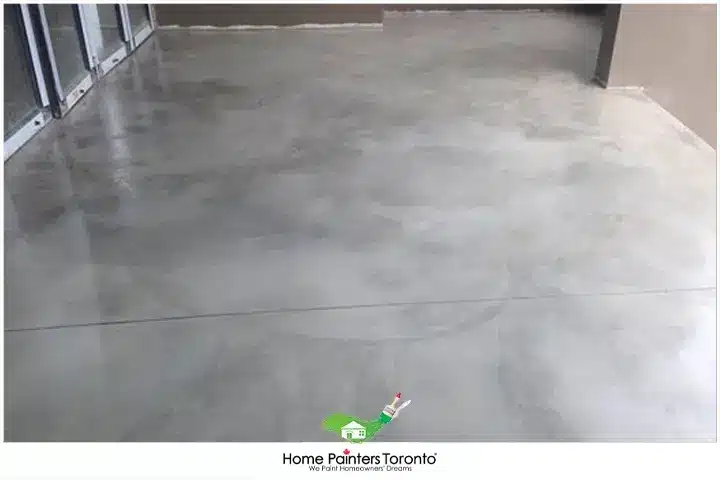
2. Stencil/Stamp/Decorative Overlay
This method can be complex but will have a more fancy-looking finish.
For basic stencil/stamp and overlay designs, you will need to follow the same steps above to clean and prepare the surface.
- You may need a primer with your standard paint roller after vacuuming any remaining dust and particles. But before using the cement with bonding adhesive, you can use design tape/painter’s tape to create a pattern or a cut-out.
- If the cut-out gets caked with paint, you can stop to clean this and let it dry in between. After pulling the tape from the decorative overlay, you can scrape or brush away any rough spots to perfect the finished surface before applying the finishing sealer.
Pro Tip:
If you use a silicone stamp to create your design, then you can place it on your cement before it dries. When it is still soft but has no extra moisture.
- Spray with some liquid release agent, then use a tamper to apply even pressure to your stamps. For any mistakes, use a silicone roller to make minor adjustments or reapply the design. After this dries and you pull the tape away, you can apply the desired colour wash by adding a scoop of your colour to the water.
- Spray it on the floor generously and use a broom to brush it around. Once this is even and there are no puddles, you can roll your finish on, applying a second coat after it dries.
3. Staining
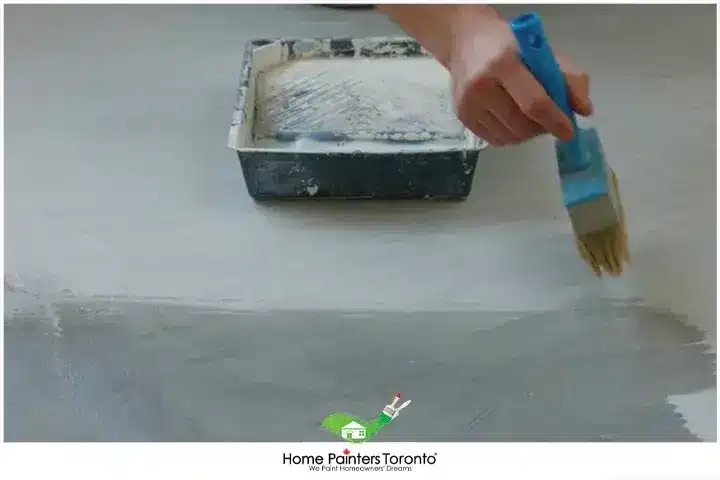
This is a great way to create a permanent colour on a basement or garage concrete floor or outdoor patio. The stain seeps deep into the pores and creates an interesting translucent look. While staining offers less protection than painting, it often goes on quicker and dries faster.
This method of making concrete look new starts with the basic preparation used in the other methods. Thorough cleaning, filling any cracks or dips, and power washing. Use protection when etching – especially if you are using something acidic.
Warning: If you don’t do this step, the stain will not adhere as well to the concrete.
When the concrete is ready, mix your stain in a bucket with water and a drill mixer. Make sure you are using the right amount of water for the darkness or lightness of your preferred stain colour.
- Your preferred stain can be applied using a brush, broom, roller, or sprayer. Depending on the size or placement of the surface.
- Spread this around with circular or figure-eight motions, overlapping as you go.
- This will help the colour dry evenly and ensure you are not leaving any puddles.
- Don’t walk on it again till it is dry-to-touch.
- Then, you can apply a second coat.
- Leave this for about 24 hours without wetting the surface.
- Applying a sealer at the end will help protect the stain.
4. Painting
So, is it better to paint or stain concrete? Concrete painting is a great way to make concrete look polished with an opaque finish. Unlike staining – which needs to be sealed or waxed once or twice a year for best maintenance – painting will need application less often.
Interior concrete painting may not need repainting for 10 or 15 years. To begin, make sure you have all the particles and dust vacuumed.
After Preparation:
- Cleansing and filling. Like a stain, make sure to etch concrete first so the paint will adhere to the surface better.
- You can use a grinder if you find power washing also doesn’t work. And again, always wear the appropriate protective equipment for this step. You can always power-wash and thoroughly dry instead of grinding, which will add dry time to the project. Use a concrete primer for painting surfaces that will be driven on. Or paint with a built-in primer for surfaces that will only get foot traffic.
- You can use a primer that is also a sealer if you are working on a project like concrete steps or painting concrete floors. This will make it more durable. For high foot traffic areas, remember to add anti-skid to your preferred paint colour. That way, there is some extra grip if the surface gets wet.
What is the best paint for outdoor concrete?
The best paint for outdoor concrete surfaces varies depending on durability, adhesion, and weather resistance. Some top choices for outdoor concrete paint include:
- H&C® COLORTOP™ Water-Based Solid Color Concrete Stain
- Ultra Spec Masonry Elastomeric Waterproof Coating Low Lustre.
- Ultra Spec Masonry Elastomeric Waterproof Coating Flat
- UltraCrete Textured Masonry Topcoat
These paints are specifically designed for exterior painting concrete walls and offer long-lasting protection against harsh weather conditions.
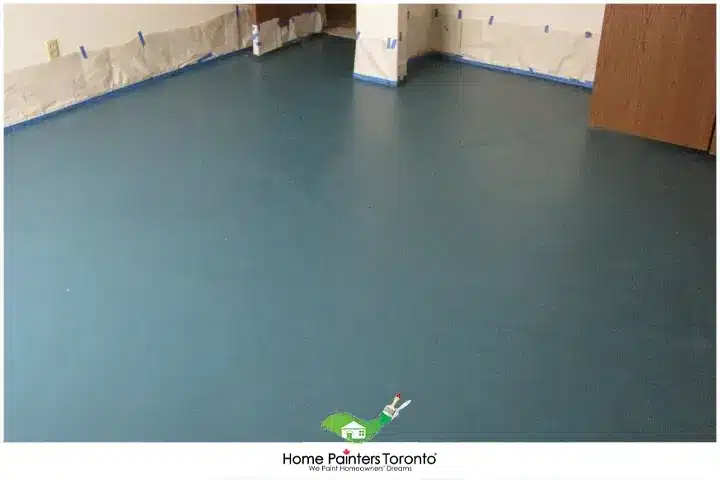
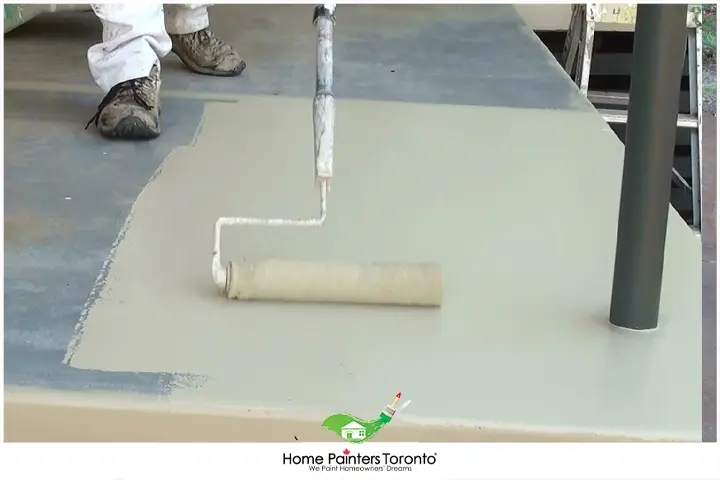
Top Tips for Staining and Painting Concrete Walls
Prepare the Surface
Proper surface preparation is crucial for any painting or staining project, especially when working with concrete. Start by thoroughly cleaning the surface to remove dirt, debris, and stains. Use a power washer or a garden hose with a high-pressure nozzle to remove any stubborn dirt or grime. You can use a commercial concrete cleaner or a mixture of water and mild detergent for particularly tough stains. Allow the surface to dry completely before moving on to the next step.
Repair Cracks and Holes
Before painting or staining your concrete surface, address any cracks or holes. Use a concrete patching compound or a crack filler to fill damaged areas. Follow the manufacturer’s instructions and allow the repairs to dry and cure before proceeding. You may need to sand the surface to ensure it is smooth and even.
Choose the Right Products
When it comes to painting or staining concrete, it’s essential to use products specifically designed for concrete surfaces.
Choose a high-quality paint for concrete walls that will adhere well to the surface and provide long-lasting results. Opt for a concrete stain that will penetrate the surface and create a rich, vibrant colour for staining.
Test Your Colours
Before committing to a particular paint or stain colour, testing it on a small, inconspicuous area of your concrete surface is a good idea.
This will allow you to see how the stain or paint for concrete walls looks on your specific surface and in your particular lighting conditions. Allow the test area to dry completely before deciding if the colour is right for your project.
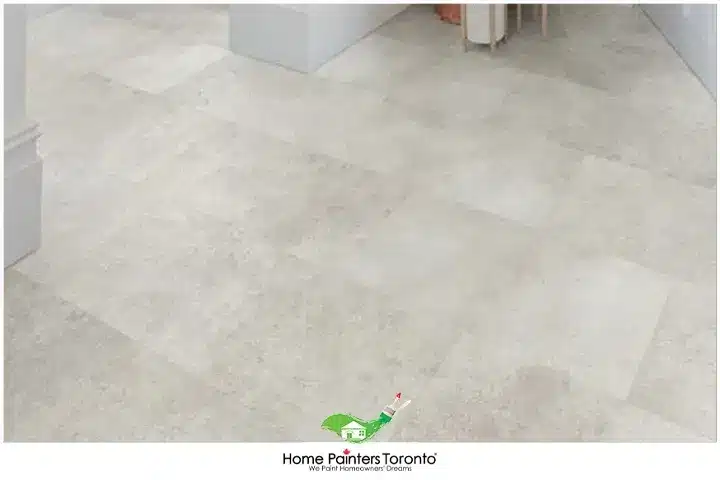
Apply the Concrete Paint or Stain
When applying concrete floor paint or stain to your surface, use a roller, brush, or sprayer designed for concrete applications. Apply the product in thin, even coats, working in small sections to ensure a smooth and consistent finish. Allow each coat to dry according to the manufacturer’s instructions before applying additional coats. Generally, two to three coats of paint or stain are recommended for optimal coverage and durability.
Seal the Surface
After painting or staining your concrete surface, applying a sealer to protect the new finish and prolong its lifespan is essential. Choose a concrete sealer compatible with your paint or stain and follow the manufacturer’s instructions for application. Allow the sealer to dry and cure according to the recommended time before using the surface.
For the Do-It-Yourself-ers, restoration, overlay, staining, and painting are all realistic ways to make your old, worn-out concrete look like new. Depending on the size, with the right preparation, equipment, and products, the average project can be done within a day or two. With a little bit of effort and the right products, you can make your old concrete surfaces look new again.
And if any of these projects seem a little overwhelming and have you Googling “Concrete Painting near me” or worrying about concrete painting cost, Home Painters Toronto can make sure your dream comes true. With over 36 years of experience, we can have your old concrete looking like newwhen the time is right for you!
TOP Blogs Related to
“HOW TO MAKE OLD CONCRETE LOOK LIKE NEW”
If you reside in Toronto and the GTA and need some help figuring out the interior painting costs per square foot, don’t hesitate to call us! We will help you pick the colours you want and show you the latest painting and home renovation trends. Our home painting services with the best pro painters have been around now for over 37 years. Call 416.494.9095 or email Brian@HomePaintersToronto.com for a FREE quote for your home painting needs. And don’t forget to check us out on our social media channels below!


